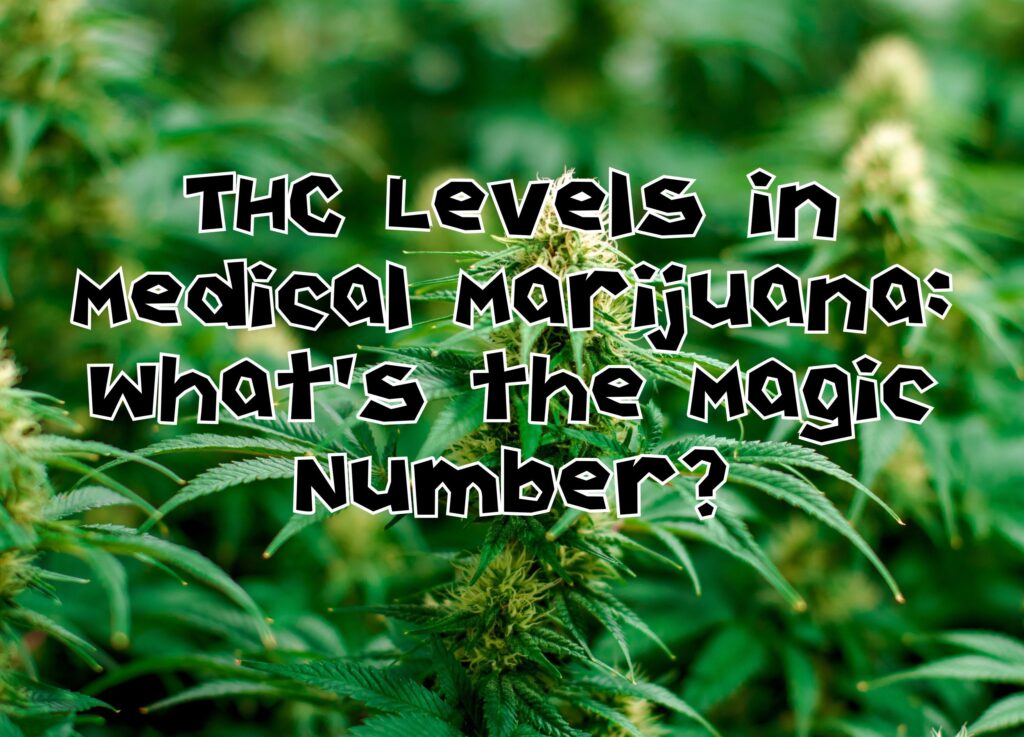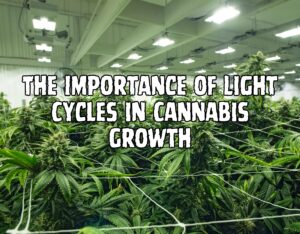The THC Conundrum
The cannabis landscape has evolved significantly, especially with the increasing acceptance of medical marijuana. One of the most frequently asked questions is, “What percentage of THC is considered medical marijuana?” This article aims to shed light on this complex issue, exploring the factors that contribute to the classification of cannabis as medical marijuana.

What is THC?
The Psychoactive Component
Tetrahydrocannabinol (THC) is the psychoactive compound found in cannabis. It’s responsible for the “high” that users experience.
Medical Benefits
THC has been shown to have several medical benefits, including pain relief, appetite stimulation, and nausea reduction.
Medical Marijuana: A Definition
State Regulations
The definition of what constitutes medical marijuana varies from state to state. Some states have specific THC percentage guidelines, while others focus on the overall cannabinoid profile.
Medical Conditions
The percentage of THC often depends on the medical condition being treated. Higher percentages may be recommended for severe pain, while lower percentages might be suitable for anxiety or sleep disorders.
The THC Percentage Debate
Low vs. High THC
There’s ongoing debate about what percentage of THC should be considered “medical.” Some argue that as low as 5% THC can be effective for certain conditions, while others claim that medical marijuana should contain at least 15-20% THC.
Full-Spectrum Benefits
Many experts believe that the medical benefits of cannabis are most effective when the whole plant is used, which includes a balance of THC, CBD, and other cannabinoids. This is known as the “entourage effect.”
Factors Influencing THC Percentage
Strain Variability
Different strains of cannabis have varying levels of THC, influenced by factors like genetics, growing conditions, and harvesting techniques.
Personal Tolerance
The effectiveness of a particular THC percentage can also depend on an individual’s tolerance and sensitivity to THC.
No One-Size-Fits-All Answer
Determining what percentage of THC is considered medical marijuana is a complex issue influenced by various factors, including state laws, medical conditions, and individual tolerance. As research continues, we may see more standardized guidelines emerge, but for now, it remains a nuanced topic.
As an Amazon Associate we earn from qualifying purchases through some links in our articles.




